The “Join the Future of Play” event took place November 3rd, an event aimed at the press in order to show the new capabilities of the PS4 PRO in light of the release of the new console from Sony. We’ll tell you in detail what we saw, played and learned there.
We know that many of you have questions about the PS4 PRO, is it worth it if you don’t have a 4K TV? Is it worth it even I have a 4K TV but already have a PS4? We will try to answer all of your questions after the Join the Future of Play event organized in London focused on the press to observe first hand the capabilities of Sony’s new console. This is what we were able to discover and learn about the Pro model of the Playstation 4.
After a welcome we could admire the Playsation VR and its peripherals, as well as the PS4 Slim and Pro and the new official controllers from Razer and Nacon, they took us to a conference where they explained to us what HDR consists of and how the PS4 was going to improve the gaming experience with HDR like no other console had previously with Mike Somerset and Simon Rutter. They also gave us some technical specifications of the console: 4.2 F of power, Overclocking the GPU as well as the CPU, new dedicated Chips… After the presentations of Kazunori Yamauchi, creator of the GT Saga and Yosuke Hayashi, creator of Nioh and main designer of Team Ninja, we went on to what we were all waiting for, the games.
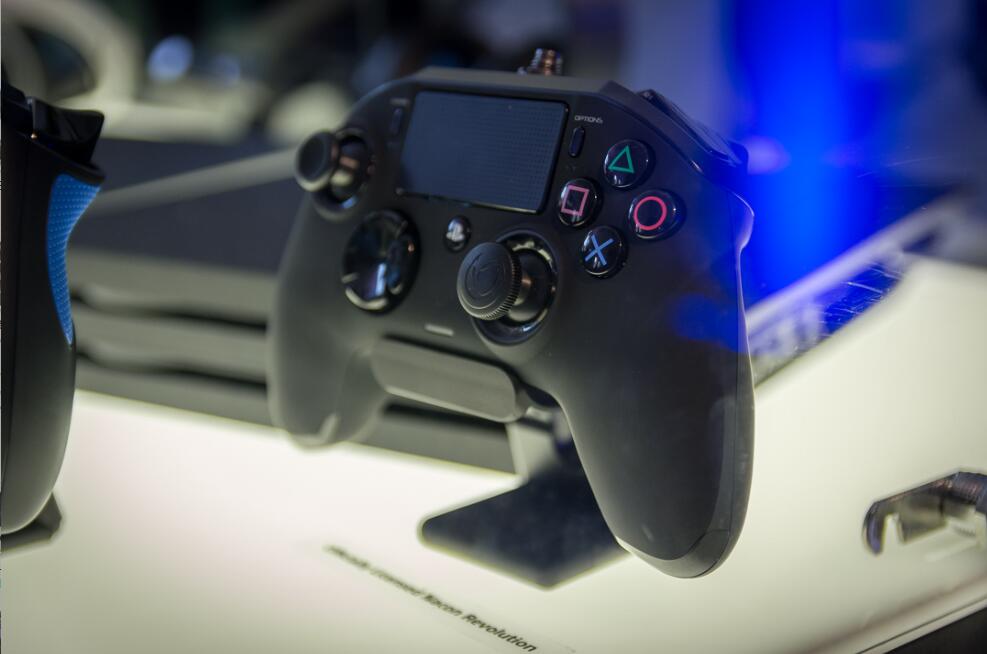
PS4 Pro and HDR
One of the main improvements to the PS4 is that it focuses on HDR. Xbox ONE S as well as PS4 have and will have compatibility with HDR, not but all HDRs are the same. Normal screens, like the ones most of us have at home, called SDR (standard dynamic range) can display a maximum of 100nits. A nit is a unit that measures color, contrast and brightness. The HDR supported by the PS4 and the Xbox ONE S is HDR1000, which can display 1000nits, 10 times as much as standard screens. In addition, PS4 PRO is compatible with the BT2020 system which is capable of displaying up to 10.000 nits, 10 times as much as the Xbox ONE S and 100 times more than normal screens.
The but here is that today, screens that can display such image quality don’t exist, and the most capable TV today, the Sony ZD9, displays up to 2000nits. The main advantages that HDR offers is a much wider tonal range, perfect contrast, with a great deal of detail in darker areas as well as brighter areas, and a much higher brightness level than what we’ve seen so on televisions. The result is spectacular: live, bright and colorful images. Some of the games that we were able to test had a shortcut on the pad to active and deactivate HDR and when it was deactivated the image was dull, wishy-washy, plain, so much that we thought they were fooling us and actually showing us a worse version of the image, until I was able to test games that I knew very well like Uncharted 4 or The Last of Us, which with HDR deactivated looked normal, like we’ve all seen it, but with HDR activated the image came to life.
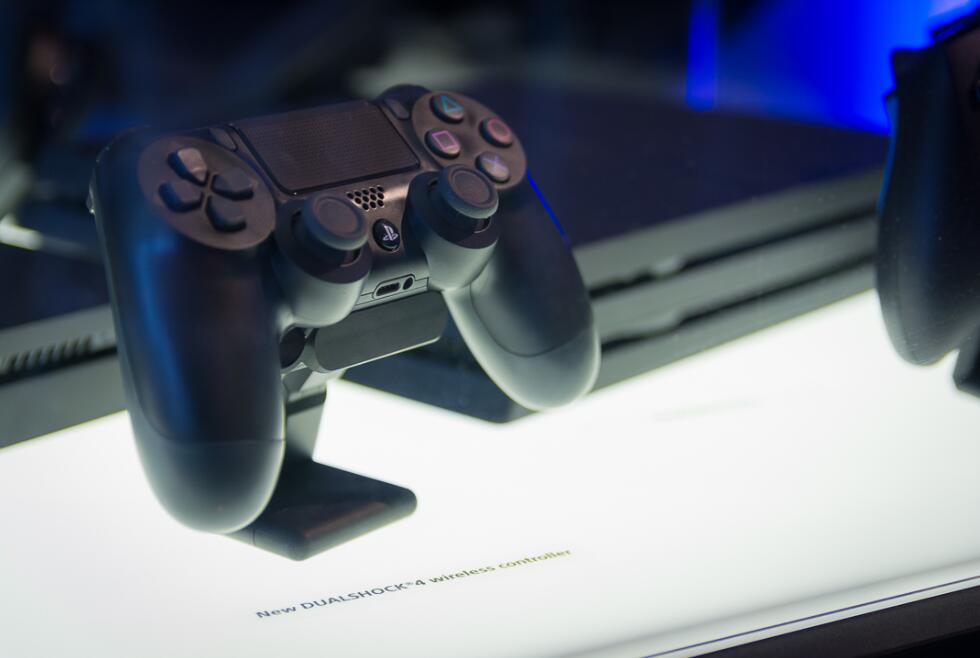
All of the games that we were able to test, approximately twenty, had HDR support. Another key feature of the PS4 PRO is the ability to display games in 4K., but is has some limitations. While it is true that it can display games in 4K, most titles will come with a medium resolution and will then be rescaled to 4K. For this, Sony has developed a rescaling system, the Checkboard.
This technique allows the console to read previous frames and create an according image with half or less pixels which make it appear almost 4K, which is a little harder than normal for the developer, but it also means less computational cost for the console. But we should emphasize the almost, since although the result is clearly better than native 1080p., if you get close enough to the screen you will be able to see jaggies and artifacts in the image that don’t exist in native 4K.
In games like GT Sport, which uses Checkboard coming from a resolution of 1600×1800, the jaggies are noticeable even at an average distance, while in Horizon Zero Dawn, with a resolution of 1920×2160 through Checkboard, the jaggies are minor even though the artifacts in the image are still present. These two are the main features of the console, but it will also offer improvements for those who still use a 1080p display.
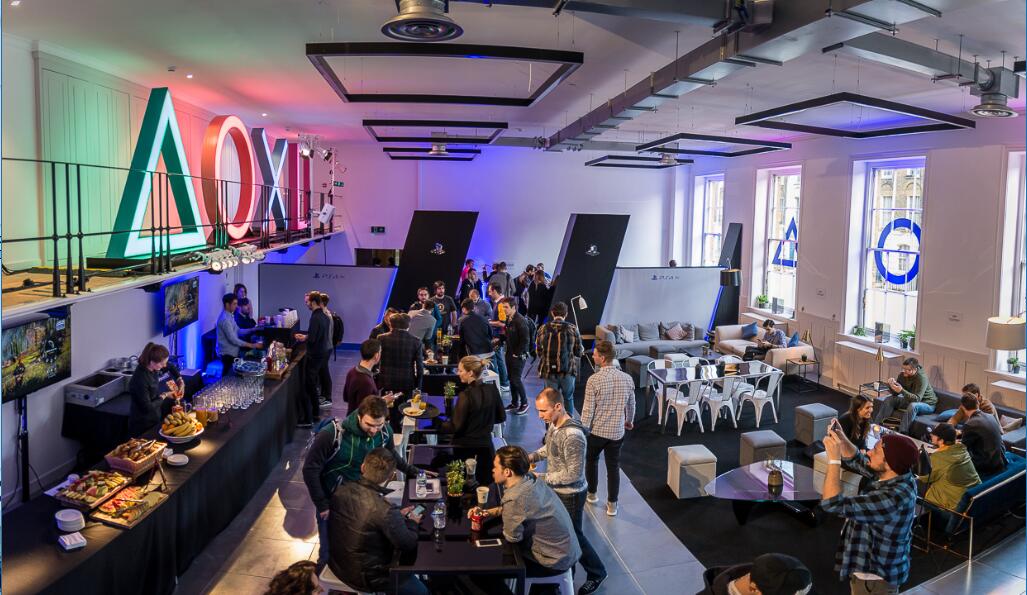
Games for PS4 Pro
The first game we tested was Horizon Zero Dawn. They showed us the game switching from 1080p and 4K and toggling HDR off and on. The title Guerrilla looked neat and clean, the anisotropic filter was very good and the ambient occlusion was deep and smooth. When switching to 4K the close textures had considerable improvements, but the filtering got worse. The ambient occlusion and the frame rate also got worse. There was also an annoying popping of shade and elements at a medium distance. Sharpness increased drastically, but so did the jaggies in 1080p, and the image felt less clean. HDR gives this title a spectacular look, with impressive skies, where it is without a doubt most noticeable.
Then we tested Days Gone, the title from Sony Bend Studios. With this one we didn’t see improvements in the 1080p version, maybe because they’re not applied yet, but after switching to 4K the improvement was huge, with more sharpness, detail and even cleanness in the game. But the most noticeable change was the HDR. The HDR in this game, presumably because it is prepared for more than 1000nits, radically changed the game. Texture acquired new details, shades were darker but at the same time you could see perfectly in them, skies gave the impression of being real, you could even see scars and marks on the skin of the main character which you couldn’t see before.
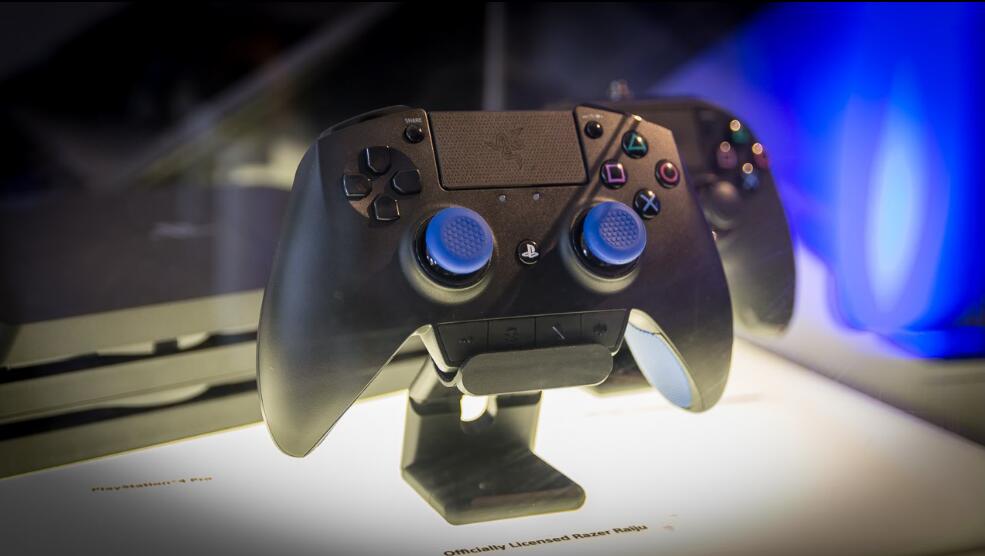
We then went on to the screen where Infamous First Light was playing. Here, they only showed us the improvements in 4K and the HDR. After switching to PS4 PRO, the game acquired a new look, more spectacular, with more detail, new textures with more resolution and much smoother shades. Also, shades that didn’t exist before were generated. We don’t know if these details will be present in the 1080p version, but it is expected. Right next to us, there were people “enjoying” Nioh, the game from Team Ninja that during the event was announced would be published by Sony in Europe and America, although they didn’t make it clear if it would be dubbed to Spanish in Spain. This title shows 2 visualization modes, in 1080p as well as in 4K. In 1080p, the game will let us choose between movie mode, where we will have SSAA, native 1080p, textures with a lot of detail, better shades and more particles than the PS4 Slim: and the action mode, where we will not have SSA in order to display a stable 60fps at 1080p. In the PS4 Slim this mode will lower its resolution to 900p and also reduce a little bit od detail. Then, if we choose 4K mode, we will play the game in native 4K at 30fps, a surprise for the audience, if choose Movie mode, or 1080/60fps with SSA if we choose Action mode.
And we arrive at one of the stars, GT Sport. In the panel event, Yamauchi explained that the game is developed with the BT2020 standard in all of its developing phases, which guarantees 10.00nits, so it’s prepared for the next generation of HDR TVs. Thanks to this, and for the first time in a racing game, we will be able to see the true color of the cars, and not an approximation.
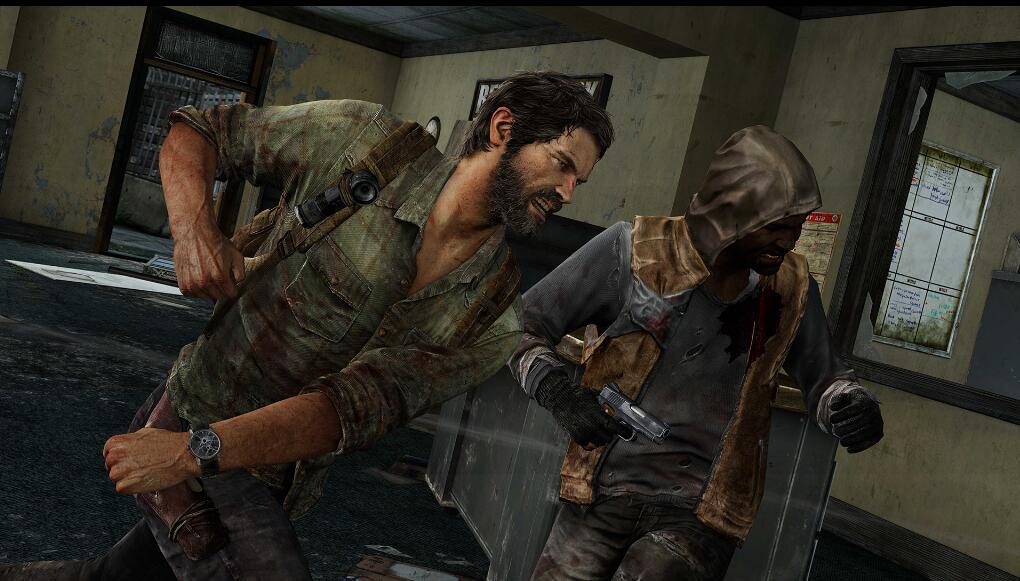
We were able to toggle HDR on and off and the difference in fidelity and richness of color was very noticeable. The game on PS4 PRO runs at 60fps completely stable, with a resolution of 1800p on Checkboard. While the the sharpness was good at a medium distance, if you got really close to the screen you could clearly notice several jaggies. Unfortunately, we couldn’t see the game in 1080p. Something that surprised quite a bit about GT Sport was the graphics upgrade it received, very detailed sceneries, public, high resolution textures, polygonal trees, incredible car modelling and realistic make this the most powerful driving game when it comes to graphics so far, maybe with the exception of Driveclub, although being technically much rounder than this one.
Also, Kazunori confirmed that there are graphical details such as transparencies, particle effects and such that aren’t activated in the demo since they are still working on them. Sound has also seen a big improvement, with the roar of the engines in Northern Isle Speedway reverberating around the entire stage, and the screeching of tires now sound much more natural. Another thing that has been improved is Force Feedback, being the most complete one without going into pure simulators such as Assetto Corsa, with superb sensations driving in Nordschleife without any sort of help. I can also say that the IA is aggressive and tough, very tough.
After this we were able to play several already published games patched for PS4 PRO. The Last of Us made very good use of HDR, and gained sharpness, on the other hand Uncharted 4 didn’t show significant improvements, looking perhaps a bit blurry. Rachet & Clank also presented very few improvements, and the HDR was also not very noticeable, perhaps the title with the least amount of improvements of the presentation.
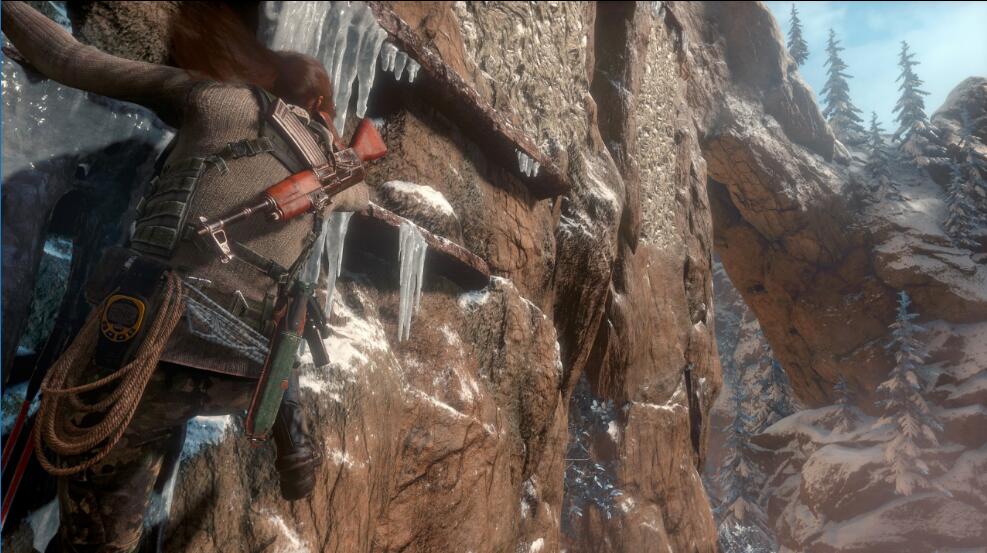
Rise of Tomb Raider let us choose from 3 visualization modes on the PS4 PRO, the enriched visuals, increases graphic details, improves textures, ambient occlusion, adds tessellation, improves the appearance of Lara’s hair, drastically improves shades and popping and it runs at a completely stable 30fps in 1080p. The high frame rate mode unlocks the frame rate in a way that the game runs at a practically stable 60fps with the graphic details of the game in PS4. Even though it is in 1080p, this mode displays very high sharpness because of the refresh rate, since blur is eliminated from the image at 30fps. The 4K mode increases resolution drastically to 1920×2160 Checkboard, but the game drops to less than 30fps in this mode in a very alarming way, I could almost swear that it never reaches 30fps. The sharpness, very high when there is no motion, drops when there is movement due to the low frame rate. All of us who tested it, agreed that the 60fps mode delivered the best gaming and visual experience.
We also had the opportunity to play For Honor and Watch Dogs 2, two of Ubisoft’s most important games for the next months. They both ran at 4K utilizing the Checkboard technique, although we don’t know their native resolution, both at a very stable 30fps and with improvements in texture and shades when compared to the standard PS4 version. But since it couldn’t be any other way, there of course was one of the most important launches from the Japanese company for this year, the PS VR, the virtual reality viewer for the PS4, enhanced by the PS4 PRO. There were 4 games to test that were benefited from the extra power: Eagle Flight, Robinsson the Journey, GT Sports and Farpoint.
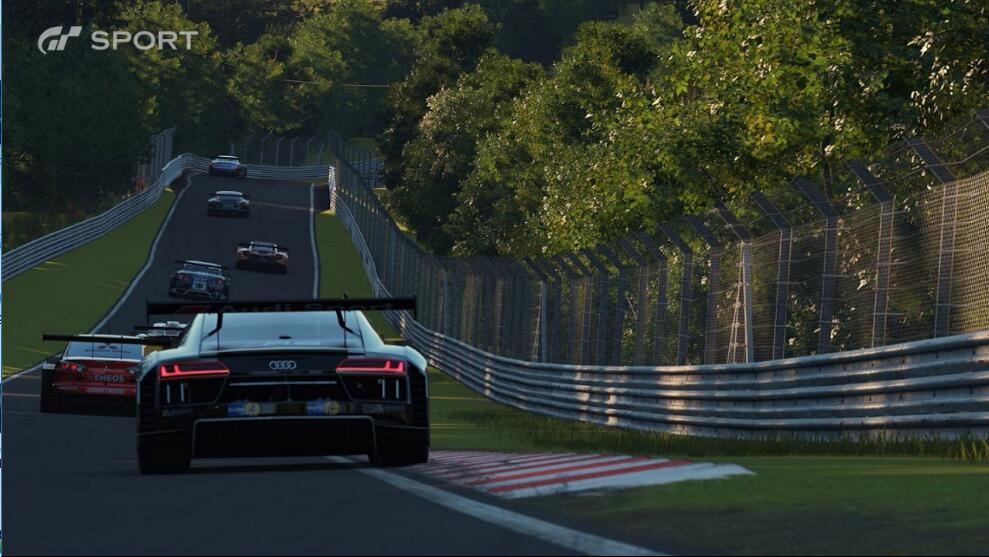
In Eagle Flight, the Ubisoft game that puts you in the skin of an eagle that flies over Paris, we were only able to play a single player test demo, but still the game showed great sharpness and fluidity, and very good headset movement recognition, although it suffers from having a very reduced field of vision, since we see, around the game screen, the feathers of our head and the beak underneath, which subtracts field of vision for the game itself.
GT Sport VR gives us the opportunity to run a solo race in Willow Springs, the circuit in the California desert, and it was displayed at 90 frames per second with a very wide FOV. The experience was very very good, it really felt like being at the controls of the Mercedes one drives in the demo. The sharpness was very high and the screen-door effect nonexistent. Unfortunately this will only be a game mode within GT Sport, and we will not be able to play the entire game in VR. Graphic details are also reduced in this mode, with less screen elements and worse textures, and for the moment only the view from the inside of the cabin is available.
Farpoint, the Shooter from Sony Studios, was one of the stars of the event and one of the most crowded stands. The game is a space shooter, where we face aliens in the form of giant spiders. We play with the PS VR Aim Controller, an evolution of Sharp Shooter, the PS Move peripheral that was initially released for Killzone 3, and the truth is that the integration with this game is perfect. With it in hand you control the game perfectly, and it really gives the impression of holding a weapon in the “virtual” life, we can lift it, look at it freely, turn it around… watching our weapon as we see our body encased in a power armor in a desert landscape is priceless. The movement of the character is controlled with the stick included on the weapon, and the camera with our vision, the controls are great, it feels wonderful. Bringing the gun to your face to shoot through the scope is a totally immediate and natural action, as is crouching to dodge dangers. The game showed a level of textures more than acceptable, an overwhelming stereoscopic 3D and incredible fluidity. Also worth highlighting was the lighting, totally realistic.
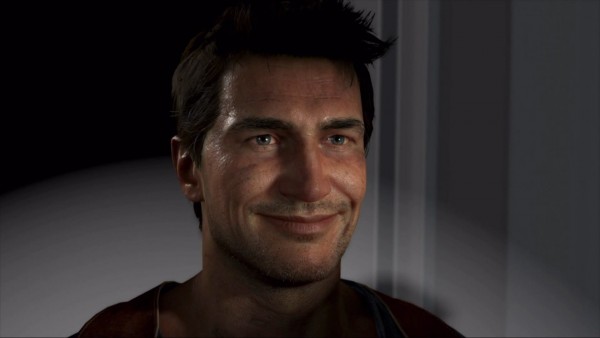
But if we had to highlight a VR game between those shown, that would be Robinson The Journey, the new title from German company Crytek. Lost in an unexplored planet and with the help of a little robot we have to survive any way as we can in a prehistoric environment that seems out of The Lost World. Possibly the most powerful PS VR game in terms of graphics, but also the immersion, FOV, sharpness and fluidity are sensational.
Conclusions
PS4 Pro has come to give extra power to the developers and join the train of 4K HDR, and although it stands out in the former, it doesn’t do so good in the latter. Although the rescaling techniques used are cutting-edge, it is still a resolution much lower than 4K, half or less, and also the titles see their framerate affected when running at these resolutions.
Instead, it can be a great help for those games that do not reach 1080p or have an unstable framerate on PS4, giving native 1080p and stable frame rates, even with higher levels of detail and better textures. Therefore, let us return to the questions raised at the beginning: Is it worth it if I do not have a 4k TV? If you want to get full potential to your 1080p TV and there are games you like that don’t run as well as you’d like on the PS4, like maybe Rise of the Tomb Raider or Titanfall 2 then yes, definitely. Is it still worth it if I already have a 4K TV and a PS4? If you are not completely satisfied with the performance of your PS4, without a doubt, you’ll also benefit from an increase in sharpness in most titles, but if your TV is HDR, the choice in favor of a Pro is even clearer. (Read more: Best TV for PS4 Pro)
The best of PS4 Pro
- Drastic improvement in sharpness compared to 1080p
- Graphics and performance improvements in games when using 1080p resolution
- Now we can say that PSVR is a strong candidate in VR headsets
- The use of HDR is one of the biggest improvements in recent years, spectacular.
- Some games give different options, letting us choose between graphics or performance
The worst of PS4 Pro
- It would have been interesting an option to run games at 60fps instead of 4k
- Some annoying drops in frames when activating 4k resolution
- Some image artifacts when using the Checkerboard rescaling method, similar to that seen in some televisions when using motion flow
Read More:
Best Gaming Monitor for PS4
PS4 vs. PS4 Pro, what’s the difference
PS4 Pro, PS4 and Xbox One S, what’s the difference?
Best Gaming Laptop